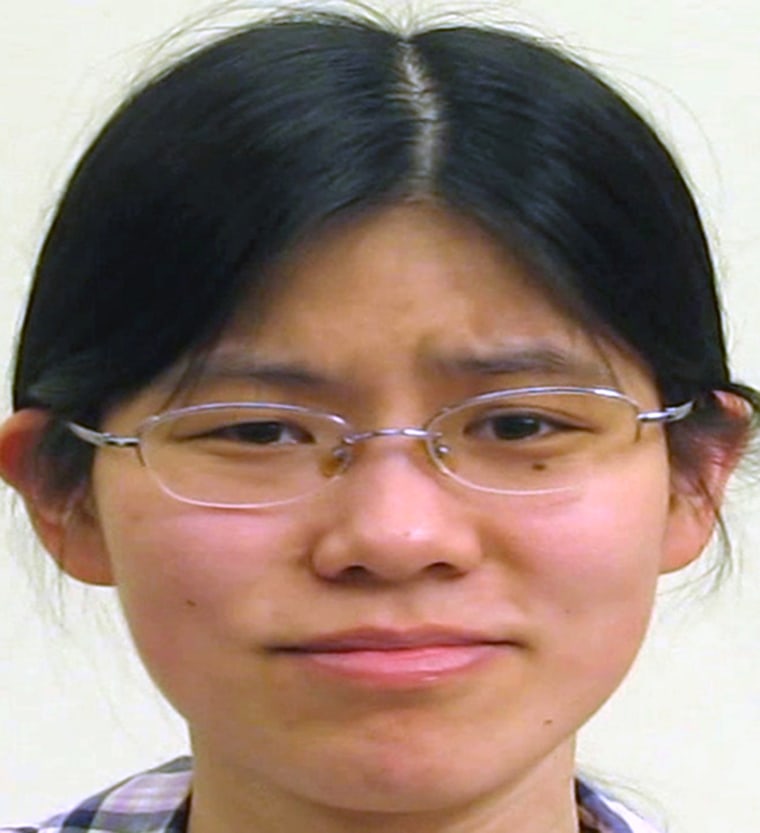You know the look. You've given the look. Furrowed brow. Pressed lips. Chin up. It's the look of: "Are you kidding me? Seriously? Not gonna happen."
It turns out this look, what researchers call the “not face,” is universal. As in, everyone around the world knows this face. It signals negative feelings across languages.

You may even be making a version of this face right now, thinking, why is this news?
But the discovery of a universal facial expression conveying "nope" indicates spoken language evolved from facial expressions, says Aleix Martinez, professor of electrical and computer engineering at the Ohio State University, and author of the study identifying the "not face."
People inherently understand this look just as well as they comprehend stated words; the "not face" serves as the nonverbal equivalent to no.
“When your beliefs are either violated or someone says something you find completely unethical you will create a facial expression of disgust … anger … and contempt,” says Martinez.
In previous research Martinez found that facial expressions are more complex than once believed when he identified 21 different facial expressions. Experts believed that people made six facial expressions—happy, sad, fearful, angry, surprised, and disgust—but he found people blend those six to make other expressions, such as sadly angry.
For the current study, Martinez wondered if one facial expression signaled negation universally. He suspected this look would include disgust, contempt, and anger.
He asked 158 undergraduate students, including native English, Spanish, Mandarin, and American Sign Language speakers, to chat with another native speaker. The participants either recited memorized sentences or responded to comments designed to spark disagreement, such as “A study shows that tuition should increase by 30 percent. What do you think?”
When the participants disagreed a camera recorded their facial expressions. An algorithm compared the expressions with thousands of others hoping to find similarities.
Soon a pattern emerged: When expressing negative feelings people showed anger with furrowed brows, displayed disgust with a raised chin, and signaled contempt with pressed lips. This combined look makes the “not face,” which seems to be to be universally understood.

While we think of facial expressions revealing our emotions, this study shows that the face shows "no" as if were language, says Leanne ten Brinke, the Banting Postdoctoral Fellow at the University of California, Berkeley, who was not involved in the study.
"This research reminds me that the face can communicate much more than [feelings], and that these expressions too may be shared across cultures," says ten Brinke.
In fact, people using ASL sometimes only use the “not face” to express "no" instead of signing it, says Martinez.

But she adds a caveat.
“I would expect much more research to be done before we can be reasonably certain that this expression is actually universal, but … this work is a fascinating beginning.”